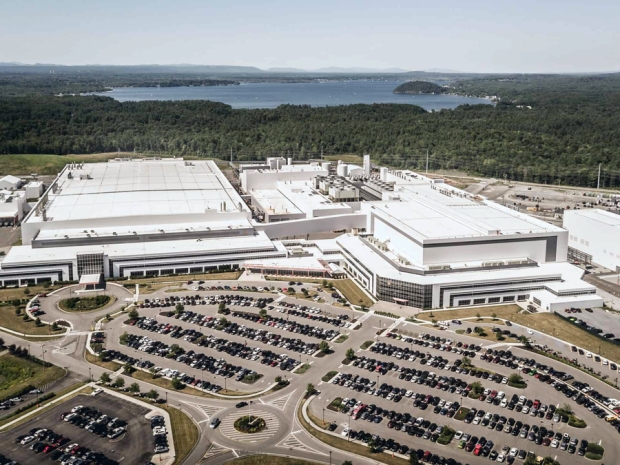Net income reached $211 million on revenue of $1.59 billion, with earnings per share at 34 cents, exceeding the forecasted 28 cents.
Outgoing chief executive Thomas Caulfield noted stable demand across sectors, stating, “We delivered results that exceeded the midpoints of our guidance ranges across revenue, gross margin and EPS.” He added, “Our free cash flow generation is a testament to our strong execution, multiyear investments in our capacity footprint and our ability to react quickly to market conditions.”
GloFlo saw growth in its automotive segment, which showed year-over-year revenue increases. However, the smartphone market, its largest revenue source, remains under pressure, with expectations of a decline in demand this year.
Looking ahead, GloFlo forecasts second-quarter revenue of $1.68 billion and adjusted earnings of 36 cents per share, both slightly above analyst estimates.
Analysts, on average, expect $1.67 billion, according to LSEG. Adjusted per-share profit is projected at 36 cents, plus or minus five cents, which is also slightly above market expectations.
Policy uncertainty is clouding the broader chip sector as companies brace for possible changes to the CHIPS Act. The 2022 legislation earmarked $52.7 billion in subsidies to support domestic semiconductor production but has since faced political wrangling over funding disbursements and strategic priorities.
Caulfield did not comment on the status of a potential merger with Taiwanese foundry UMC. In March, Reuters reported that the two companies were exploring a tie-up. UMC later denied any ongoing merger activity in April.
GloFlo’s shares rose nearly two per cent in extended trading following the earnings release.




